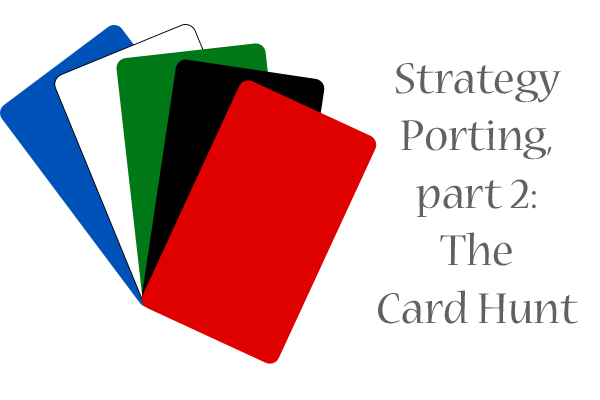I was bullied for 9 years in public school, and I’ve shared about my experiences, both emotional and physical, before on this blog. The worst part about being bullied, though, was the fact that I believed everything my bullies said about me, because I could not fathom that someone would tell me lies about myself. Others’ opinions mattered so much to me, because I believed that others dealt with me as honestly as I dealt with them.
If I could go back in time and tell my past self anything, it would be the following:
“Why do you believe what the kids at school say? They pick apart your outfits, but are they fashion experts? They bully you about your weight and what your body looks like, but are they fitness gurus? They make fun of you when you miss questions on a test, but are they at the top of their academic class? What makes them fit to judge you?
That’s right–they’re NOT fit to judge you. They are lying to you. They are just insecure about themselves, and trying to establish their own identities. They want to fit in with everyone SO BAD that they are willing to stomp on your head to scrabble up the social ladder. Pity them, don’t listen to them. Theirs are the voices of desperate, pathetic people who just want to be important.”
If you’re dealing with bullies, no matter how old you are, read the previous two paragraphs over and over again until you believe them. It’s truth. It’s a truth that took me almost two decades to figure out for myself, but it is truth. These people just want to be important, and they nitpick everything about other people because they’re terrified of being nitpicked themselves. Debunk everything they say, because it’s worthless.
So, the next time someone bullies you, pity them, mentally debunk their opinion, and keep going. And, if they give you an opportunity to speak, ask them “Why are you so obsessed with me and what I do? I certainly don’t care about you.” Being told that they are acting ridiculous and pathetic may just shut them down, especially if you answer that way consistently. These bullies may just become decent people later in life, but until then, you’ll just have to let them be pitiful little haters until they grow up.
This all sounds harsh, I know. But bullying is a real problem, and it begins with insecurity. Instead of caring so much about their opinions, just point out their insecurity and leave them to stew in it. They’ll learn and grow up, someday. Trust me–I’m actually Facebook friends with some of the people who bullied me back in the day. 😉












